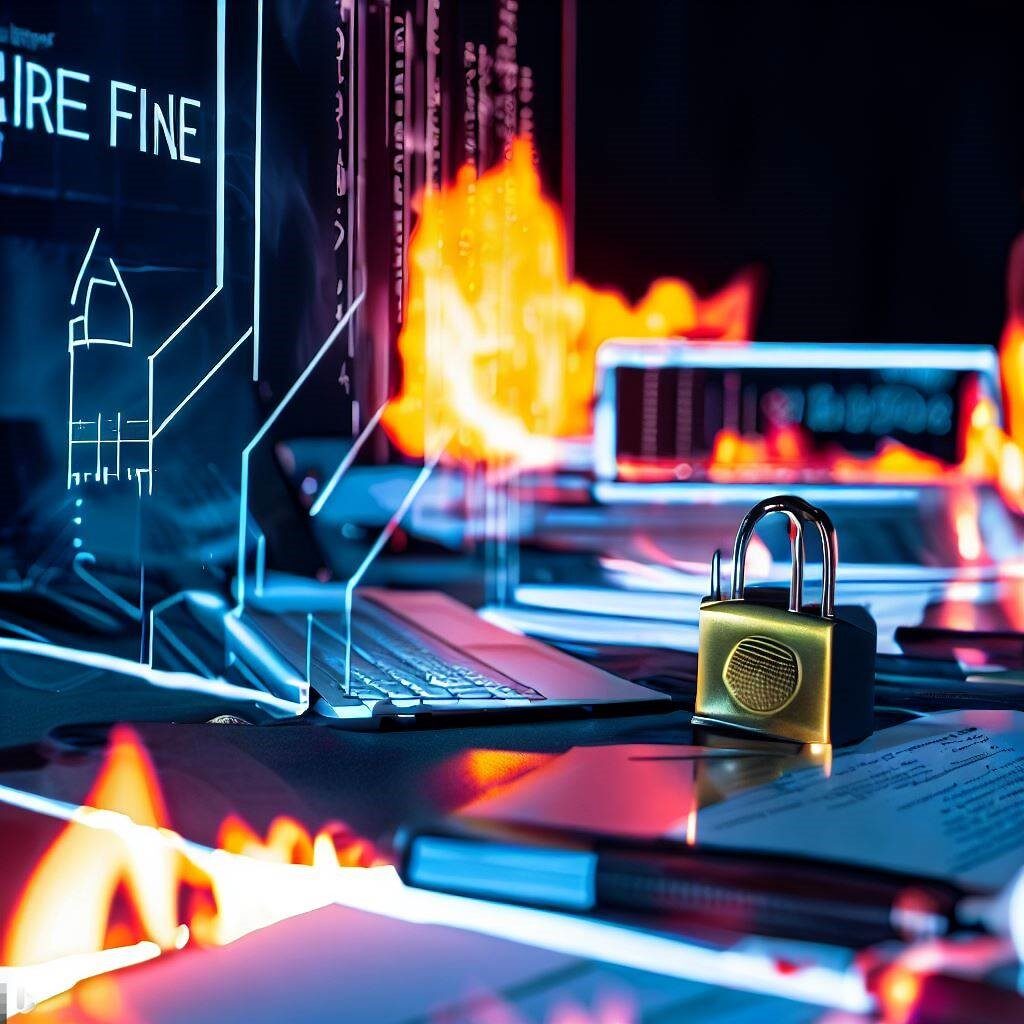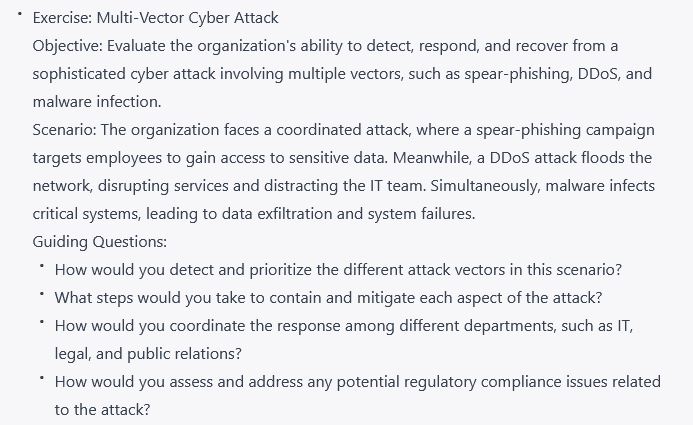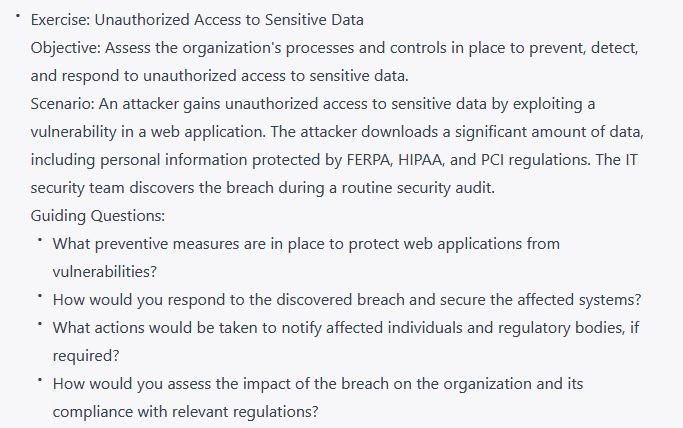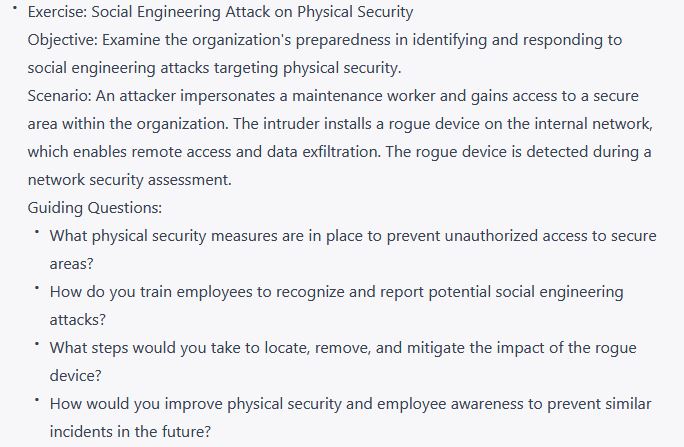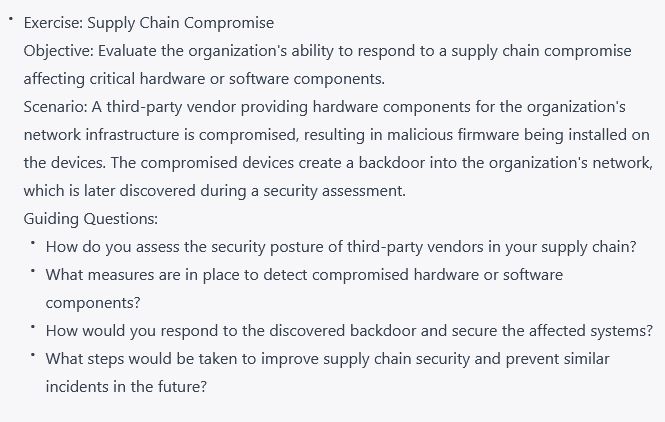As an IT leader in a higher education institution overseeing critical, including COVID-19-related, systems, I appreciate the importance of IT being at the table and data-informed decision-making. A particular incident during the height of the COVID-19 pandemic highlighted the importance of IT representation in the institution’s core operations.
When a monthly process required a reboot of some systems, it became a source of concern when a well-meaning and concerned staff member, a campus COVID-19 coordination team member, reported that the system would be down for two days. This misinformation caused a mild panic that could have led to months of re-work of our systems, pausing other projects, hundreds of hours from our staff, and frustrations.
Fortunately, having someone in IT explain the situation corrected the misinformation. At the request of the coordination committee, I joined their team meeting to ensure our team’s commitment to addressing their concerns and to provide our perspective. To analyze the impact of the downtime, my team and I reviewed the logs and used an application that alerts downtimes. We discovered the systems were only disrupted for five minutes, much less than the reported two-day outage. This incident demonstrated the importance of data-informed decision-making in addressing complex issues.
It was clear that there was a need for collaboration between IT and our partners to address the issue. The incident highlighted the importance of having IT representation in the institution’s core operations. Electronic medical records, testing, and reporting are complex systems that require constant monitoring and attention. I requested to my supervisor that I become a standing member of the committee moving forward, which she approved. As part of the committee, I could address any concerns in real-time and better understand the actions requested by my team.
Our organization has emphasized the importance of collaboration and data-informed decision-making. Only through working collaboratively towards a solution could we identify the root cause of the issue and take steps to prevent it from recurring. We have also explored ways to make our systems more redundant and have coordinated with the campus for communication before any potential downtime.
The incident we experienced during the COVID-19 pandemic highlighted the criticality of having IT at the table and data-informed decision-making. Mis-information can cause panic, frustration, and waste resources. By working collaboratively, we can identify and address issues promptly, ensuring that operations run smoothly and effectively.

